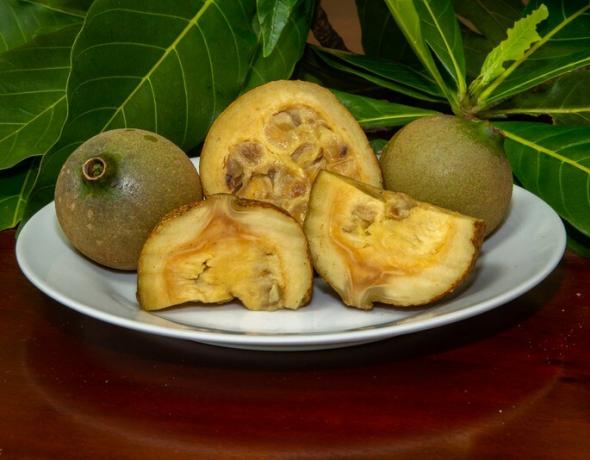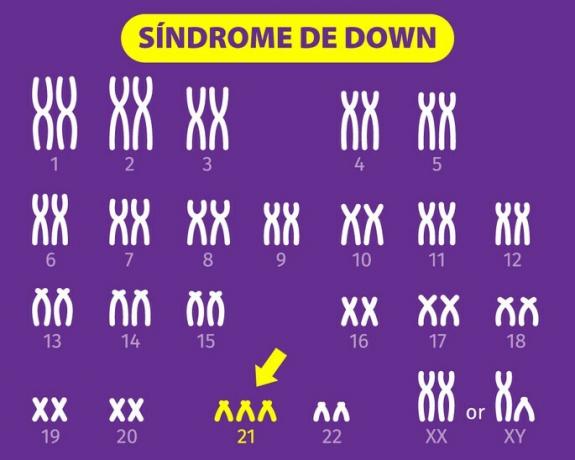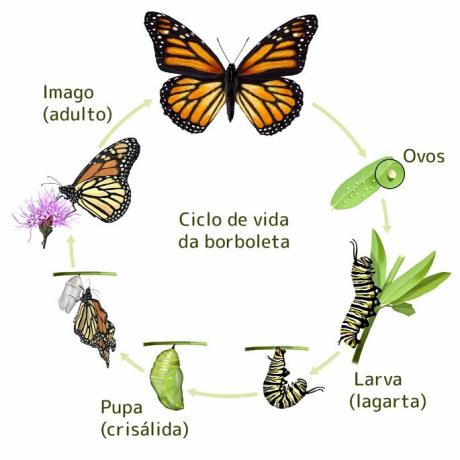The pancreas is a digestive gland with endocrine and exocrine function, belonging to the digestive and endocrine system.
It is about 15 cm long and is located in the abdominal region behind the stomach, between the duodenum and spleen.
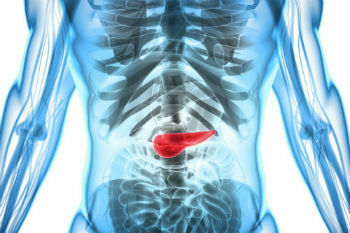
Occupation
Because the pancreas has two portions, the exocrine and the endocrine, each of them has different functions.
The exocrine portion secretes digestive enzymes present in the pancreatic juice during the process of digestion. In this way, the large molecules of carbohydrates, proteins and fats are broken down into smaller pieces to travel to the intestine.
The endocrine portion is responsible for secreting the hormones insulin and glucagon, responsible for regulating the blood glucose level.
Two types of cells are found in the endocrine portion of the pancreas:
- Alpha Cells: Produce glucagon.
- Beta Cells: They produce insulin.
THE glucose it is stored in the liver in the form of glycogen. Glucagon stimulates the liver to break down glycogen and release glucose when the body needs energy, while insulin is responsible for transporting glucose into cells.
Therefore, the glucagon and insulin are antagonists, as the former increases blood glucose levels and the latter decreases.
Anatomy
The pancreas is made up of three basic parts: head, body and tail. The head is the largest portion of the pancreas.
The pancreas is made up of two types of cells:
- pancreatic acini: Responsible for manufacturing pancreatic juice. Therefore, they have an excretory channel.
- Langerhans islets: Irregularly disposed, are responsible for secreting hormones insulin and glucagon, which are released directly into the bloodstream.
The various channels of the pancreatic acini come together and form a system of ducts from which the Wirsung one stands out. There is also an accessory duct called the Santorini. It is through these channels that the pancreatic juice reaches the duodenum.
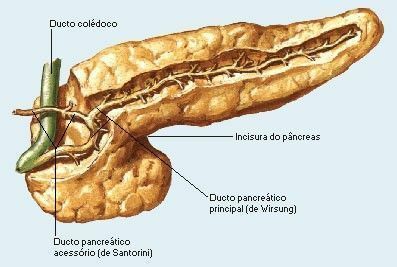
Learn more, read also:
- Endocrine System
- Glands of the Human Body
- Endocrine Glands
- bile
Illnesses
The pancreas can be affected by diseases, the main ones are:
- type 1 diabetes: Diabetes causes the destruction of the beta cells of the islets of Langerhans, consequently resulting in the inability to produce insulin. Therefore, the blood glucose level is increased.
- pancreatic cancer: The endocrine and exocrine portions can be affected by cancer. It can arise due to genetic alterations, consumption of alcoholic beverages, smoking, old age and bad eating habits.
- pancreatitis: Inflammation of the pancreas and can occur chronically or acutely.
Learn more about the Organs of the Human Body.

